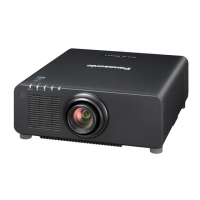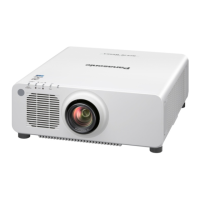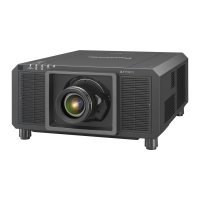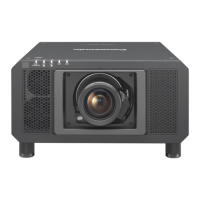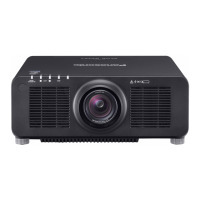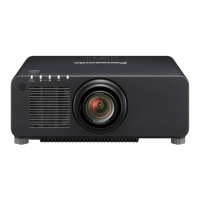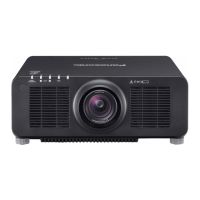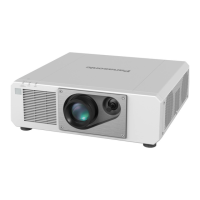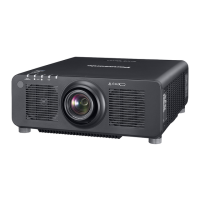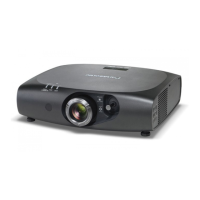Chapter 1 Preparation — Precautions for use
ENGLISH - 21
Art-Net
“Art-Net” is an Ethernet communication protocol based on the TCP/IP protocol.
By using the DMX controller and the application software, illumination and stage system can be controlled. Art-Net
is made based on DMX512 communication protocol.
Early Warning Software
The projector supports “Early Warning Software”, which monitors the status of the display (projector or at panel
display) and the peripheral devices inside an intranet, and noties of abnormality of such equipment and detects
signs of possible abnormality. Also, maintenance can be performed in advance, because this software gives
notication of approximate time to replace consumables of the display, to clean each part of the display, and to
replace the components of the display.
Depending on the type of license, the number of displays that can be registered for monitoring varies. Limited to
the rst 90 days after installation in a computer, it is possible to register up to 2048 units of displays free of charge.
Download the software from the Panasonic website (http://panasonic.net/avc/projector/pass/). It is necessary to
register and login to PASS
*1
to download.
*1 PASS: Panasonic Professional Display and Projector Technical Support Website
Visit the Panasonic website (http://panasonic.net/avc/projector/pass/) for details.
Disposal
To dispose of the product, ask your local authorities or dealer for correct methods of disposal. Also, dispose of the
product without disassembling.
Cautions on use
rTo get a good picture quality
In order to view a beautiful image in higher contrast, prepare an appropriate environment. Draw curtains or blinds
over windows and turn off any lights near the screen to prevent outside light or light from indoor lamps from
shining onto the screen.
rDo not touch the surface of the projection lens with your bare hands.
If the surface of the projection lens becomes dirty from ngerprints or anything else, this will be magnied and
projected onto the screen.
Attach the lens cover supplied with the projector or with the optional projection lens to the projector when you do
not use the projector.
rDLP chips
f The DLP chips are precision-made. Note that in rare cases, pixels of high precision could be missing or always
lit. Such a phenomenon does not indicate malfunction.
f Directing a high-power laser beam onto the projection lens surface can damage the DLP chips.
rDo not move the projector or subject it to vibration or impact while it is operating.
Doing so may shorten the life of the built-in motor.
rLight source
The light source of the projector uses lasers, and has the following characteristics.
f Depending on the operating environment temperature, the luminance of the light source will decrease.
The higher the temperature becomes, the more the luminance of the light source decreases.
f Depending on the operating environment temperature, the luminance of the light source will decrease.
When using the projector at an altitude lower than 2 700 m (8 858') above sea level, and the operating
environment temperature becomes 35 °C (95 °F) or higher, the luminance of the light source may decrease.
When using the projector at an altitude between 2 700 m (8 858') and 4 200 m (13 780'), and the operating
environment temperature becomes 25 °C (77 °F) or higher, the luminance of the light source may decrease. The
higher the temperature becomes, the more the luminance of the light source decreases.
f The luminance of the light source will decrease by duration of usage.
The time until when the luminance of the light source decreases by half differs depending on the setting of the
[PROJECTOR SETUP] menu → [OPERATION SETTING] → [OPERATING MODE].
The estimated time until when the luminance of the light source decreases by half is as follows.
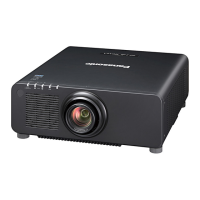
